Introduction
Quartz filters are electromechanical filters made of high-quality oscillating crystals. They use the piezoelectric effect to select certain frequency components of a signal mixture by means of resonance. Quartz filters are usually offered as bandpass filters.
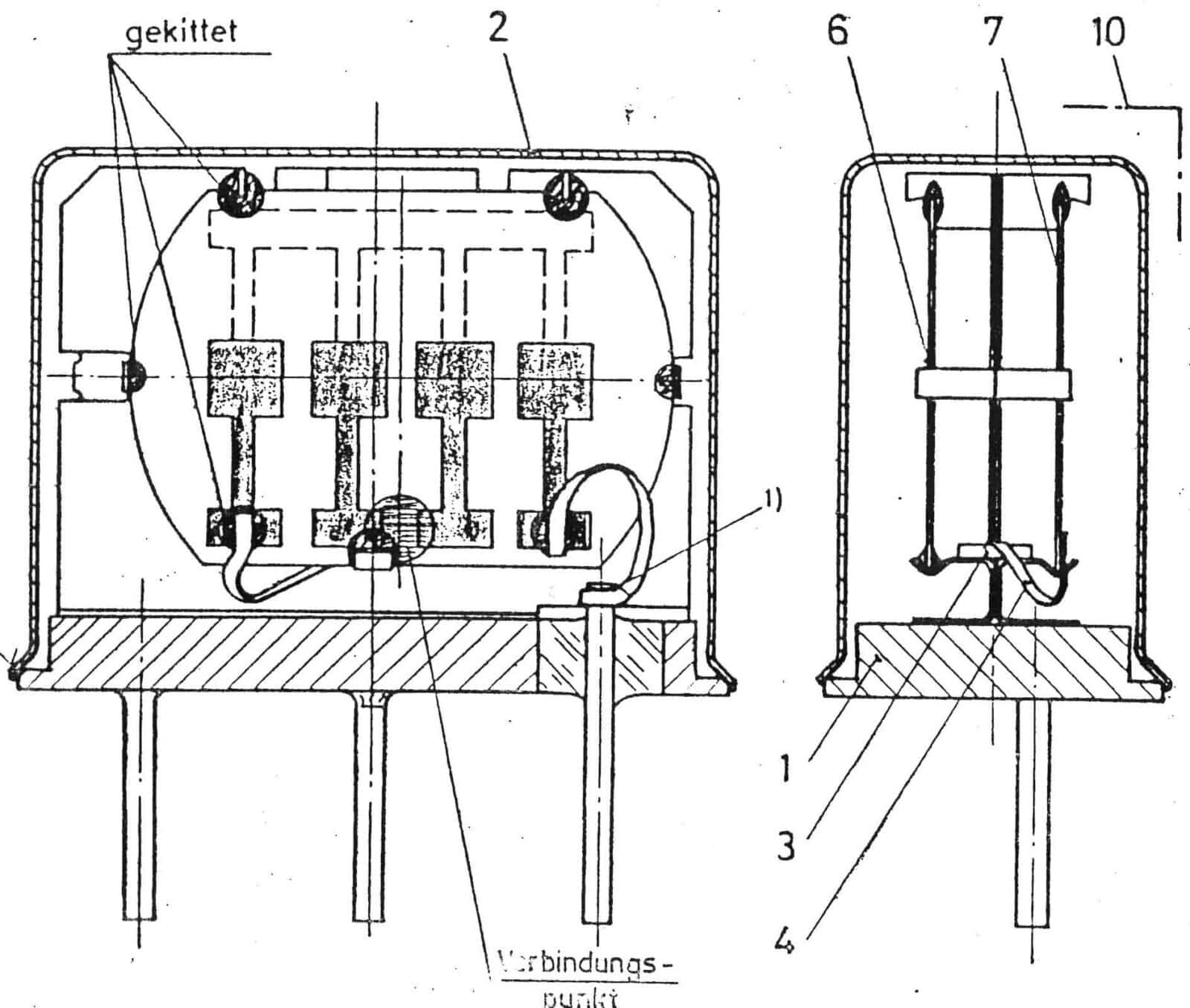
Depending on the application, crystal filters can be roughly divided into the following five categories:
Monolithic crystal filters
Discrete crystal filters
Linear phase filters
Discriminators LC-filter
Monolithic crystal filters
The monolithic quartz filter is characterized by the fact that several pairs of electrodes are mounted on the same quartz (blank). These are mechanically coupled to each other via the quartz blank, resulting in additional resonant modes. In the symmetrical mode, both resonators oscillate in phase; in the asymmetrical mode, the resonators oscillate in phase opposition.
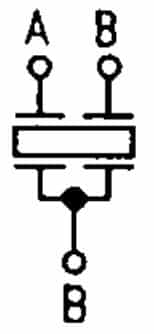
By applying more than two pairs of electrodes, multi-pole filters can also be produced.
Discrete quartz filters
Discrete crystal filters are discrete electrical networks consisting of several oscillating crystals, inductances and capacitances.
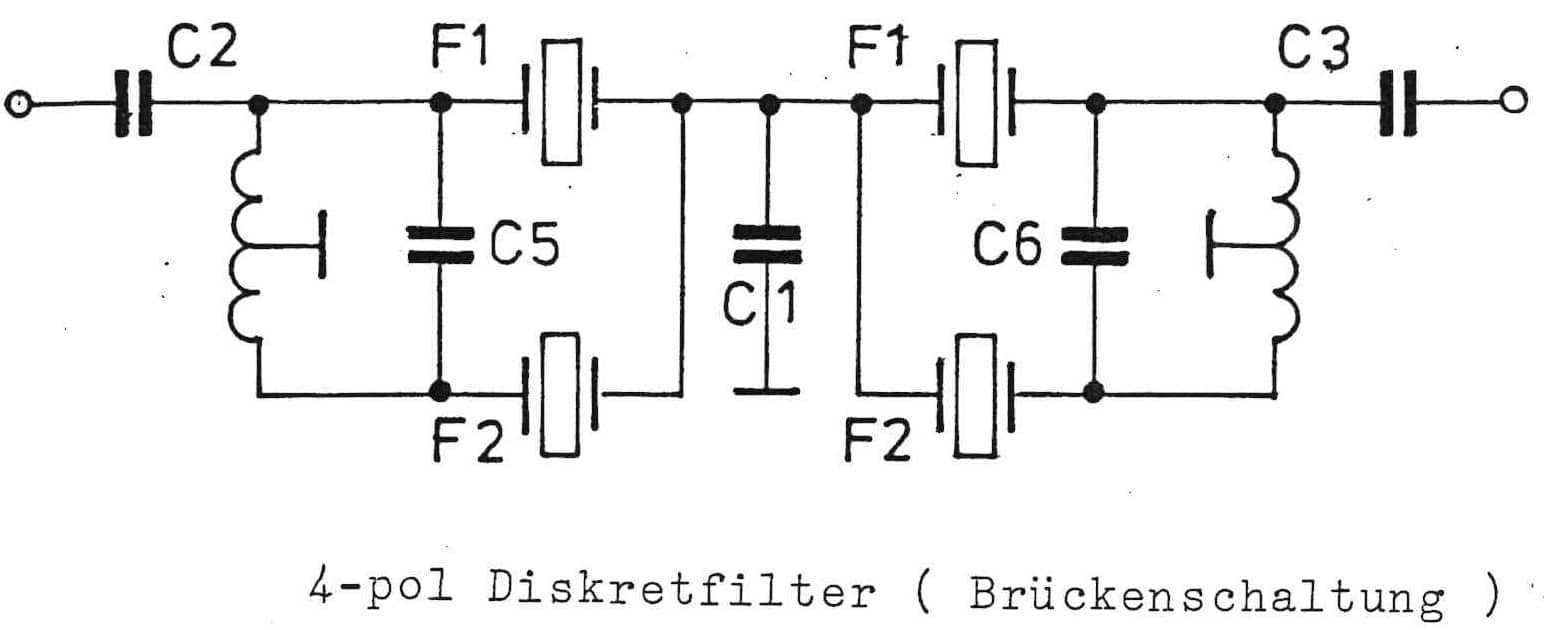
The crystal filters supplied by KVG are mainly bandpass filters with Chebyshev characteristics (theoretical ripple 0.1 dB). Depending on the selection in the stopband and the ripple in the passband, a choice can be made between Chebyshev and Butterworth characteristics (theoretical ripple 0 dB).
Linear phase filters
To achieve low-distortion transmission of signals and pulses, crystal filters with linear phase response or low group delay distortion are required. However, these linear phase filters (Gaussian or Bessel characteristics) have few choices.
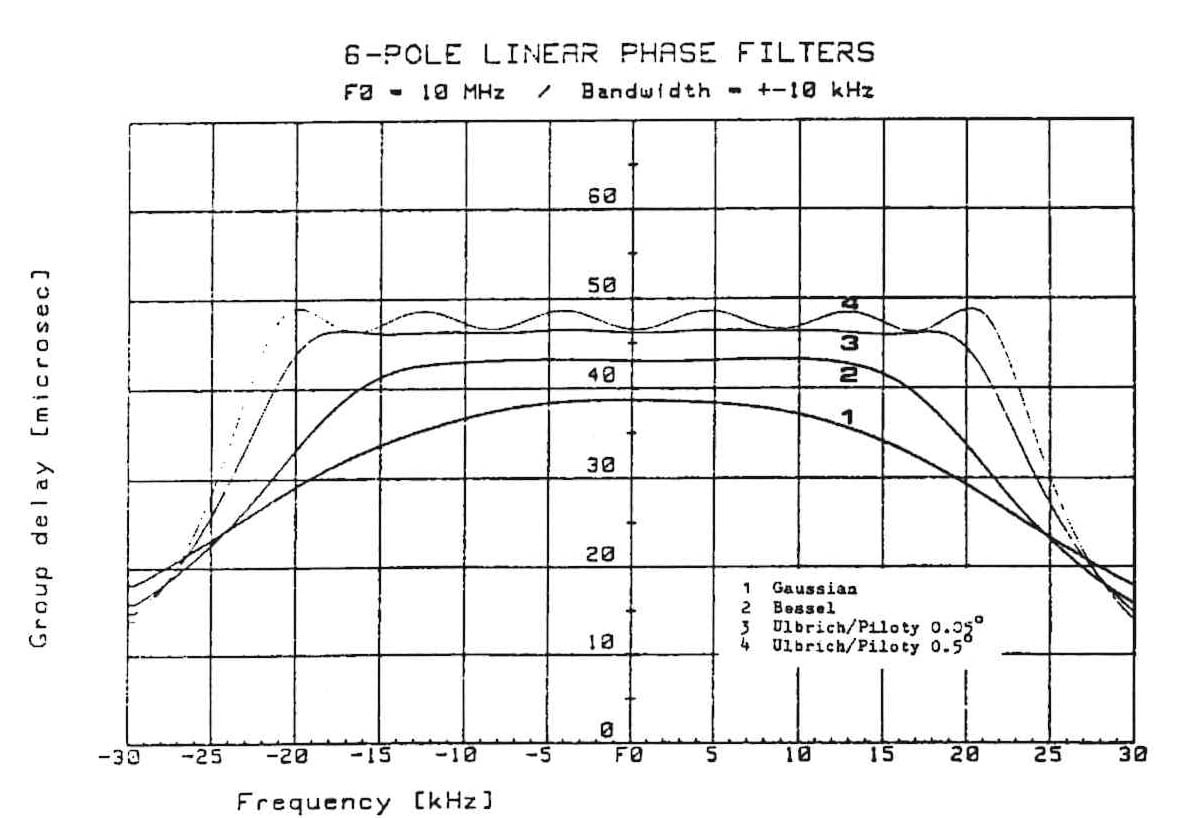
By using different transfer functions (Gaussian 6 dB, Gaussian 12 dB, EQR) between linear phase and selection filters, better selectivity can be achieved without significantly changing the group delay in the passband.
LC-filter
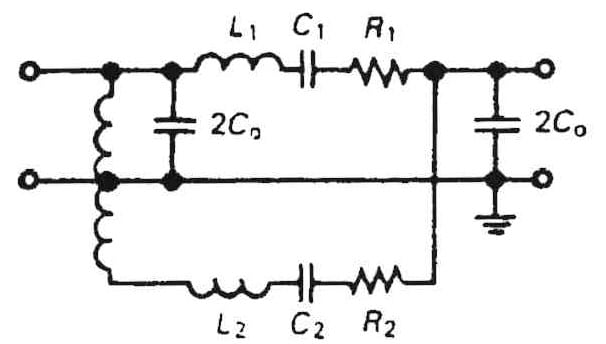
LC filters are a combination of coils and capacitors instead of a crystal. These filters offer a much wider passband with nearly the same form factor as crystal filters. Another advantage is that an LC filter is less susceptible to interference. A disadvantage is the higher temperature susceptibility of LC filters due to the temperature dependence of the properties of coils and capacitors.
Electrical parameters of filters
A) Insertion loss
In order to measure the insertion loss, the test adapter is short circuited and the imaginary impedances are compensated at the corresponding centre frequency. The resulting attenuation value is the corresponding reference point 0. When the filters are inserted at the test adapter, the insertion loss is the difference between the minimum attenuation value of the filter and the reference point.
B) The passband range between two frequencies (f1, f2), where the attenuation should be equal to or higher than a specific value. The passband range is mostly related to the 3 dB or 6 dB points.
C) The passband ripple is the difference between the maximum and the minimum attenuation in the passband range, or in a specific range of the passband.
D) Range in which the ripple is specified. KVG specifies this range with 80% of the 3 dB-bandwidth.
E) The stopband is a band of frequencies in which the relative attenuation is equal to, or greater than the specified value. In the diagram the specified stopband attenuation values are f3 and f4. In many cases the shape factor (SF) is also specified.
SF=f4-f3f2-f1
F) The ultimate attenuation is the difference between the attenuation in a given frequency range and the minimum attenuation in the passband.
G) Spurious responses are various resonances caused by crystals which do not correspond to the normal crystal frequencies of the filter design.
H) The group delay distortion is the difference between the minimum and the maximum value of the group delay in a specific frequency range.
G=G,,max-G,min
SAW-filter

Surface acoustic wave (SAW) filters, unlike quartz filters with volume wave resonators, are based on surface wave components. If an alternating voltage is applied to the two combs of metal fingers, the quartz material on the surface is alternately compressed and expanded and acoustic waves propagate on the surface. The transfer function of such a device corresponds to a sin(x)/x function.